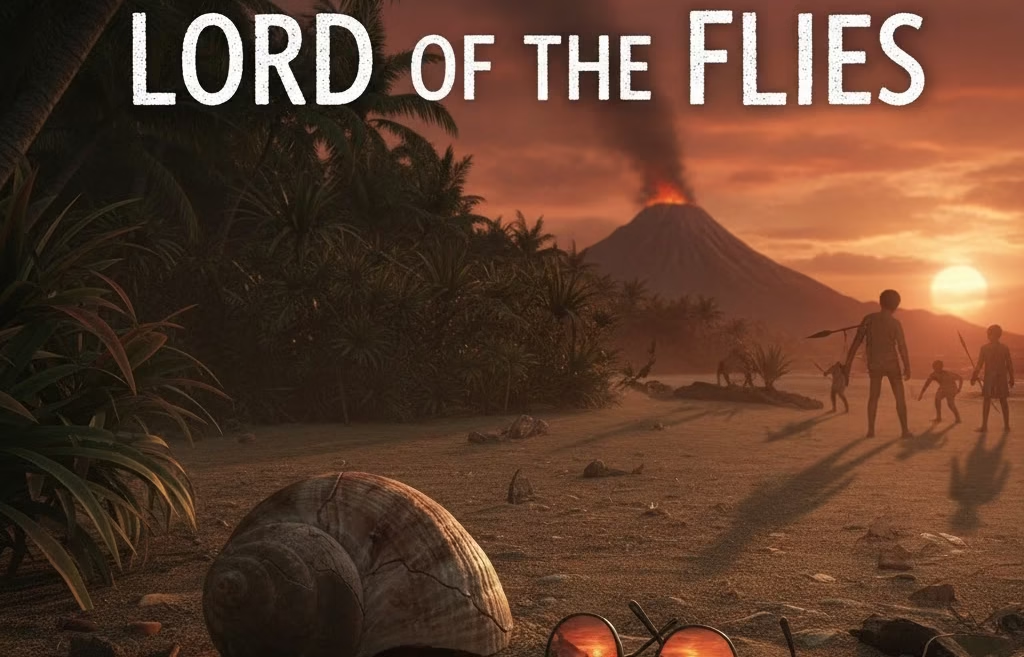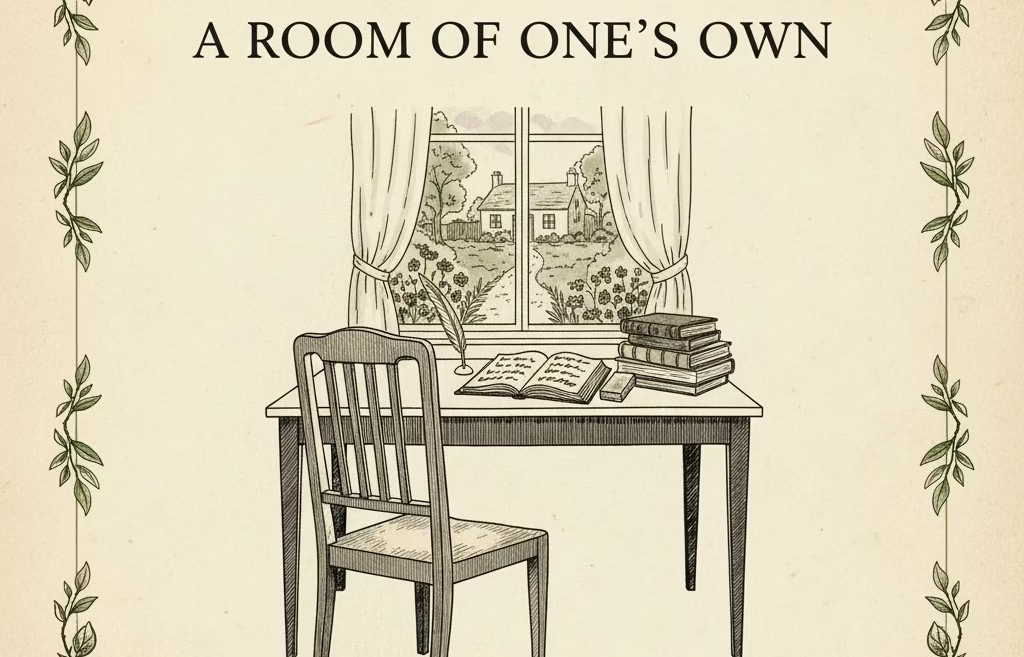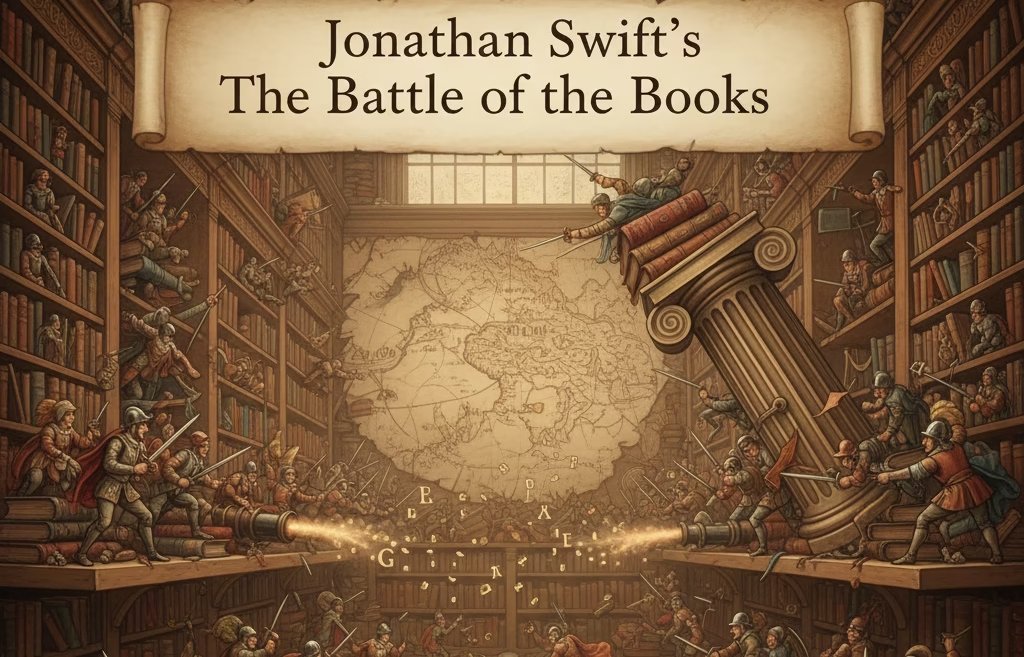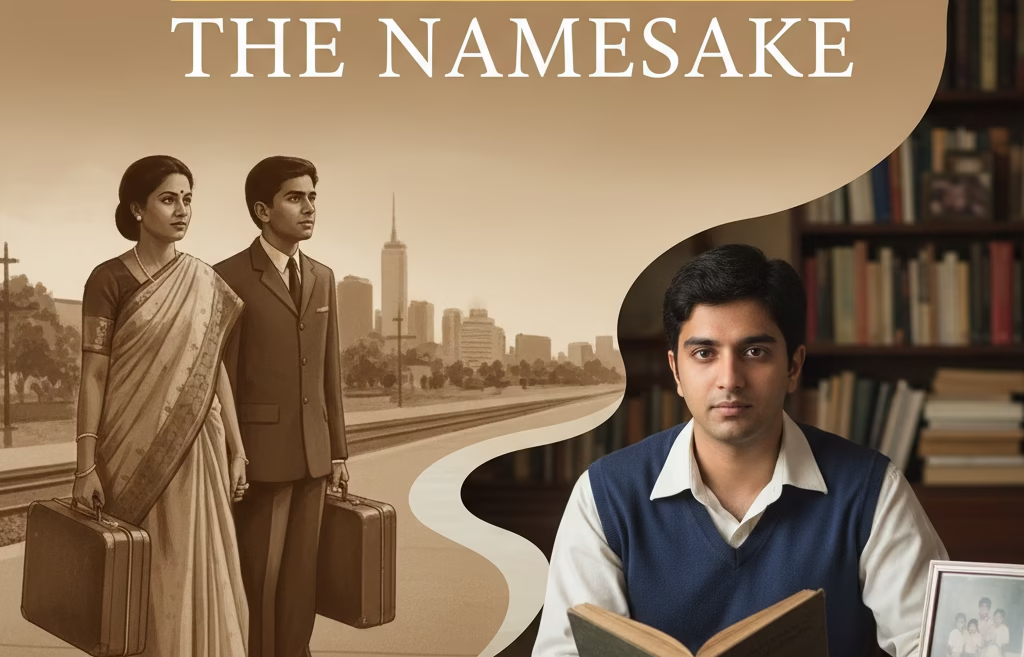INTRODUCTION
Oliver Twist stands as Charles Dickens’ most compelling attack on Victorian social inequality. Published between 1837-1839, this groundbreaking novel transformed literature into a weapon of social reform. The story follows an orphaned boy’s journey through the brutal realities of 19th-century England, exposing institutional corruption and class-based oppression that defined the era.
Dickens crafted more than entertainment—he created a moral manifesto that challenged Victorian society’s comfortable assumptions about poverty, morality, and human dignity. Through Oliver’s harrowing experiences, readers witness the systematic failure of institutions designed to protect society’s most vulnerable members.
Charles Dickens’ Oliver Twist Social Criticism
Victorian England in the 1830s presented a stark paradox. The Industrial Revolution had generated unprecedented wealth while simultaneously creating devastating poverty. Steam engines powered progress, yet thousands of families struggled for basic survival in overcrowded urban centres.
The New Poor Law of 1834 promised relief but delivered punishment instead. This legislation reflected utilitarian thinking that blamed poverty on moral failure rather than systemic inequality. Dickens witnessed these policies’ human cost firsthand—his own childhood experience in a blacking factory while his father faced debtor’s prison shaped his understanding of social injustice.
Oliver Twist social criticism emerged from this personal knowledge. The novel’s power lies in making abstract policy debates intensely personal through compelling storytelling. Oliver represents every forgotten child in Victorian England, making it impossible for readers to ignore widespread suffering.
Dismantling the Workhouse System
The workhouse system receives Dickens’ most devastating critique in Oliver Twist. These institutions, supposedly charitable, systematically destroyed human dignity through deliberate cruelty and neglect. Dickens exposes how institutions claiming to help the poor instead created conditions worse than imprisonment.
The famous “more gruel” scene crystallises this criticism perfectly. Oliver’s simple request for additional food triggers violent reaction from authorities, revealing a system designed to crush the human spirit. The master’s rage demonstrates how workhouses punished poverty rather than alleviating it.
Mrs. Mann’s character embodies institutional corruption at its worst. Her theft from already destitute children represents the system’s cannibalistic nature—those meant to provide care instead exploit their charges for personal gain. This corruption flows from the top down, creating environments where abuse becomes normalised.
The psychological damage inflicted by these institutions proves equally destructive. Charles Dickens’ Oliver Twist social criticism demonstrates how workhouses didn’t create productive citizens—they manufactured criminals and corpses through systematic dehumanisation. FULL TEXT
Class Warfare in Victorian Society
Dickens’ exploration of class struggle reveals the artificial nature of social hierarchies that dominated Victorian thinking. The novel systematically dismantles beliefs linking morality to birth circumstances, showing instead how environment shapes individual destiny.
Oliver’s treatment varies dramatically based on his surroundings. Among criminals, he faces immediate suspicion and manipulation. In middle-class homes like Mr. Brownlow’s, his inherent goodness receives recognition and nurturing. This contrast exposes how social prejudices blind people to individual worth and potential.
Nancy’s character arc provides the most powerful example of Oliver Twist social criticism regarding class assumptions. Despite her involvement in prostitution and crime, Nancy demonstrates nobility and sacrifice that surpass many “respectable” characters. Her tragic fate indicts a society that judges people by circumstances rather than character.
The Artful Dodger represents childhood stolen by social neglect. His premature cynicism and world-weary wisdom reflect systematic failure to protect society’s most vulnerable members. When he faces trial with stoic acceptance, Dickens shows the tragic normalisation of injustice in Victorian treatment of poor children.
Child Labor and Systematic Exploitation
Victorian society’s treatment of children receives unflinching examination in Oliver Twist. Through Oliver’s journey from workhouse to undertaker’s shop to criminal gang, Dickens exposes the limited and uniformly grim options available to poor children.
Fagin’s criminal operation mirrors legitimate businesses in its exploitation of child labor. Same profit motives, same disregard for human welfare—the only difference lies in legal status. This parallel brilliantly illustrates how “respectable” society creates the conditions it then condemns.
Dick’s character provides one of literature’s most heartbreaking examples of childhood despair. His preference for death over continued suffering in the workhouse system represents Dickens’ most damning indictment of Victorian civilization. When children view death as preferable to life in your society, fundamental moral failure becomes undeniable.
Oliver Twist social criticism demonstrates how poverty forces children into criminality by eliminating better alternatives. The novel argues that society itself creates the conditions it then judges harshly.
Institutional Corruption
Dickens extends his criticism beyond workhouses to encompass broader institutional failures. Mr. Bumble represents bureaucratic incompetence masquerading as authority. His pompous self-importance masks complete inability to serve the public good, while his eventual comeuppance illustrates the hollowness of power based on position rather than merit.
The legal system receives equally harsh treatment. Magistrates prioritize maintaining their own importance over discovering truth or dispensing justice. Their prejudice and incompetence reflect broader corruption throughout Victorian institutions.
These failures compound each other systematically. Workhouses create desperation, desperation drives crime, crime justifies harsh punishment, punishment perpetuates poverty. This vicious cycle benefits only those in power while destroying countless innocent lives.
Individual Compassion vs Systemic Problems
Despite its harsh criticism, Oliver Twist offers hope through individual acts of compassion. Characters like Mr. Brownlow and Rose Maylie demonstrate that personal kindness can transform lives. However, Dickens carefully shows that individual virtue alone cannot solve systemic problems.
Mr. Brownlow’s rescue of Oliver proves both inspiring and troubling. While his kindness saves one child, it also highlights the arbitrary nature of such salvation. What about countless other children who never encounter their own Mr. Brownlow? This question forces readers to confront the limitations of charity without structural reform.
Nancy’s sacrifice for Oliver stems from genuine maternal instinct and moral conviction. Yet she cannot escape the circumstances that shaped her own life. Her tragic death emphasises how individual goodness, though admirable, cannot always overcome systemic oppression.
Charles Dickens’ Oliver Twist : Literary Techniques
Dickens employs sophisticated literary techniques to amplify his social message. Dramatic irony allows readers to perceive hypocrisy that characters themselves miss, while vivid descriptive passages create visceral reactions to the conditions depicted.
Symbolic elements reinforce social themes throughout the novel. London’s persistent fog represents moral confusion pervading Victorian society—clarity becomes impossible in such an atmosphere. The parallel between criminal underworld and respectable society reveals their fundamental similarities in exploiting the vulnerable.
Character development serves the broader social critique. Villains like Fagin, Sikes, and Bumble represent systemic problems rather than individual evil. This approach keeps focus on institutional failures requiring institutional solutions.
The Criminal Underworld as Social Mirror
Fagin’s criminal gang functions as more than mere antagonists—they embody Dickens’ argument that crime often results from social neglect rather than inherent evil. The gang’s business-like organisation mirrors legitimate enterprises in structure and profit motivation.
This parallel proves deliberate and devastating. Dickens demonstrates how criminal and respectable societies share identical exploitative relationships and moral compromises. The difference lies in legal status, not ethical behaviour. By making this connection explicit, the novel challenges readers to examine their own complicity in systems of oppression.
Monks, Oliver’s wealthy half-brother, embodies the connection between legitimate and criminal society. His status and privilege cannot mask essential corruption, while his persecution of Oliver reveals how power perpetuates injustice regardless of its source.
Gender and Victorian Social Structure
Female characters in Oliver Twist add crucial dimensions to Dickens’ social criticism. Women face unique forms of oppression while demonstrating remarkable strength and moral authority. Nancy’s position as both victim and hero illustrates complex ways that social circumstances shape individual choices.
Rose Maylie represents Victorian feminine virtue while subtly critiquing limitations placed on women regardless of their moral worth. Her dependence on male protection, despite obvious intelligence and strength, reflects broader social constraints that Dickens questions throughout the narrative.
The contrast between Agnes Fleming (Oliver’s mother) and female workhouse authorities highlights how class determines women’s treatment and opportunities. Agnes’s tragic fate serves as indictment of sexual double standards that punished women for circumstances often beyond their control.
Economic Philosophy and Social Reform
Oliver Twist social criticism extends to economic theories underlying Victorian society. Dickens repeatedly challenges utilitarian thinking that treated human beings as economic units requiring management rather than individuals deserving compassion.
The New Poor Law represents this philosophy’s logical extreme. By treating poverty as moral failure requiring punishment, these policies created systematic cruelty while claiming charitable purpose. Dickens exposes the moral emptiness of systems prioritising efficiency over humanity.
Even criminal organisations adopt capitalist language and methods. When Fagin discusses “business principles,” he exposes how market logic can justify any behaviour if it generates profit. This critique remains startlingly relevant in contemporary discussions of economic inequality.
Education as Liberation and Control
Education appears throughout Charles Dickens’ Oliver Twist as both potential salvation and tool of oppression. Oliver’s natural intelligence and refined speech challenge Victorian assumptions about the relationship between class and capability. His moral clarity despite lack of formal instruction suggests that character transcends circumstances.
However, educational opportunities remain strictly rationed by social class. The Artful Dodger’s street wisdom cannot compete with formal education available to wealthy children. Knowledge becomes another mechanism for maintaining inequality rather than promoting social mobility.
Mr. Bumble’s bureaucratic incompetence contrasted with Oliver’s moral wisdom makes this point perfectly. True education involves developing character and practical wisdom, not merely acquiring credentials or memorising facts.
Religious Themes and Social Hypocrisy
Dickens targets religious hypocrisy alongside other institutional failures. Workhouses claim Christian charity while practicing systematic cruelty—a contradiction that exposes the gap between religious rhetoric and social reality.
Oliver’s natural goodness, untainted by formal religious instruction, suggests that morality transcends institutional doctrine. His innate sense of right and wrong challenges Victorian assumptions about the relationship between organised religion and ethical behaviour.
Nancy’s redemptive sacrifice and Mr. Brownlow’s compassionate intervention offer hope for social transformation through individual moral action. However, Dickens consistently demonstrates that personal virtue must combine with systemic reform to address root causes of social problems. EXPLORE OTHER AUTHORS
Conclusion
Oliver Twist social criticism endures because it addresses timeless questions about human dignity, social responsibility, and institutional accountability. More than 180 years after publication, the novel continues challenging readers to examine their own society’s treatment of its most vulnerable members.
Dickens created more than literary entertainment—he forged a moral weapon that exposes injustice while inspiring empathy and action. His achievement lies not just in documenting Victorian problems but in demonstrating literature’s power to illuminate truth and promote social change.
In our contemporary world of increasing inequality, Oliver’s story remains urgently relevant. The novel stands as testimony to literature’s capacity to transform social consciousness, making visible the human costs of systemic failure while pointing toward more compassionate alternatives.
The boy who dared ask for “more” continues challenging each generation of readers to demand justice, dignity, and hope for all members of society. Sometimes the most revolutionary act involves simply telling the truth about how power operates—and sometimes that truth proves powerful enough to change the world.
Frequently Asked Questions : Charles Dickens’ Oliver Twist
Q1: What is the main social criticism in Oliver Twist?
Ans: The novel’s core criticism targets the New Poor Law of 1834 and the workhouse system—institutions designed to punish poverty rather than alleviate it. Dickens exposes how these “charitable” establishments dehumanize the poor, turning them into criminals or corpses instead of offering genuine help.
Q2: How does Dickens portray class struggle in Oliver Twist?
Ans: Dickens contrasts Oliver’s treatment in different social environments—among criminals versus within middle-class households—to reveal how arbitrary class divisions determine a person’s perceived worth and opportunities. He shows that moral character transcends birth circumstances.
Q3: Why is child labor a central theme in Oliver Twist?
Ans: Through Oliver’s journey—from workhouse to undertaker’s shop to Fagin’s criminal gang—Dickens highlights how Victorian society systematically exploited children. He draws parallels between illegal child thievery and legal child labor in factories, arguing that poverty itself breeds crime.
Q4: In what ways does Dickens critique institutional authority?
Ans: Characters like Mr. Bumble and the magistrates embody bureaucratic incompetence and prejudice. Dickens demonstrates how authority figures uphold social inequality by prioritizing self-interest over justice, creating a cycle of poverty and criminalization.
Q5: How does Nancy’s character enhance the novel’s social message?
Ans: Nancy, a criminal and a prostitute, displays courage, compassion, and sacrifice—qualities that exceed those of many “respectable” characters. Her tragic fate underscores the novel’s indictment of a society that condemns individuals based on circumstance rather than moral choice.






1 Comment
[…] Often, students want answers about “why” Lise chooses her grim fate, or what Spark “means.” But it’s the ambiguity—the refusal to settle—that keeps the novel alive in classrooms and on syllabi, just as it unsettles readers who crave neat closure. EXPLORE OTHER AUTHORS […]